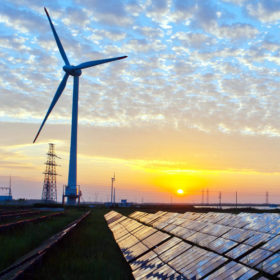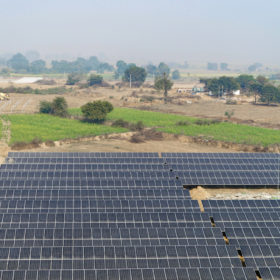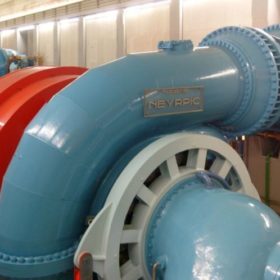Earth sciences ministry revisiting weather forecast approach to suit solar sector needs
The Ministry of Earth Sciences will strengthen meteorological forecasting activities in sync with the demands of the solar and wind energy sector stakeholders. It is already working on a five-year (2021-26) plan, said M. Rajeevan, Secretary, MoES, at a virtual workshop conducted recently.
ION Energy raises $3.6 million in latest funding round
The battery management solution provider will use the funds to grow its team, invest in product development, and expand the software business in North America and Europe.
Flagging off the energy transition decade
With the draft National Electricity Policy (NEP) 2021, India is providing the right policy direction for this decade of the energy transition. Yet, there is room for further improvement.
Electricity derivatives will offer power offtake certainty for renewable investors
An Institute for Energy Economics and Financial Analysis (IEEFA) report says the sale of power in the futures market will benefit renewable energy developers and distribution companies alike.
Siemens sees big opportunity in India for its electric mobility solutions
The company expects the first phase of growth in the Indian electric vehicle market coming from commercial vehicles. It has been quick to capitalize on the opportunity by partnering with Switch Mobility, the electric vehicle arm of commercial vehicle major Ashok Leyland.
Hitachi ABB Power Grids to switch to 100% fossil-free electricity by year end
The company is working on electrified, reliable, and decarbonized operations and products to get closer toward a carbon-neutral future.
Implementing time-of-use tariff for peak load management
Time-of-use (ToU) tariff can be applied to encourage domestic and industrial consumers to shift their electricity usage to non-peak hours, thereby reducing the system’s load during peak periods. A new study examines the feasibility of the ToU tariff policy in the state of Gujarat. It also suggests a framework and effective roadmap for the utilities to understand the procedure and required infrastructure to implement ToU.
Tata Power and Social Alpha invest in energy analytics startup ‘Urja’
The startup has developed an industrial Internet of Things-enabled sensor and analytics solution that allows manufacturing and power industries to track device-level energy wastage in real time.
PV can cover almost half of typical office buildings’ electricity demand
Scientists in Germany have estimated that roof and facade PV systems can cover almost 40% of the total requirements of a standard office building, assuming that no battery storage is installed.
Debunking feeder segregation
Feeder segregation, i.e., the installation of dedicated electricity supply lines for agriculture, is often celebrated as the solution to the electricity utilities’ pain point of free or highly subsidized electricity supply for agriculture. But does it address the root cause of the issue?













